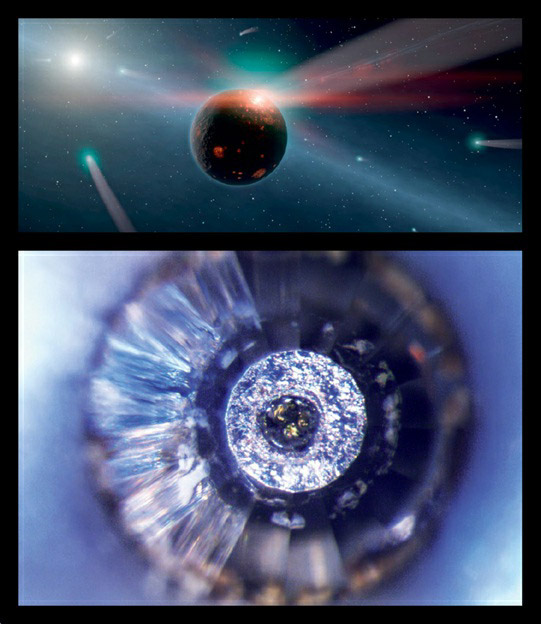The early Earth was a crucible of extreme heat, with temperatures soaring due to immense pressures, radioactive decay, and relentless celestial bombardments. This inferno forged the Earth’s core, mantle, and crust structure still present today. Yet, deeper investigation suggests a past even more volatile, where the entire mantle might have once been a swirling magma ocean.
Modern geophysics points to a time when the Earth’s mantle was either fully or partially molten. This theory is backed by lab experiments simulating Earth’s inner pressures on minerals like bridgmanite—the mantle’s most prevalent mineral. Findings reveal that upon melting, these minerals form denser silicates that descend within the mantle but don’t breach the molten iron-nickel core, preserving the distinct core-mantle-crust layers.
The proposed early magma ocean was a maelstrom of activity. Upwelling of heated material and sinking of cooler, denser sections could have established persistent convection currents, stirring the mantle for eons. This turbulent period shaped a volatile, arid world above, marked by relentless volcanic eruptions, an environment far too harsh for life as we know it to emerge.

